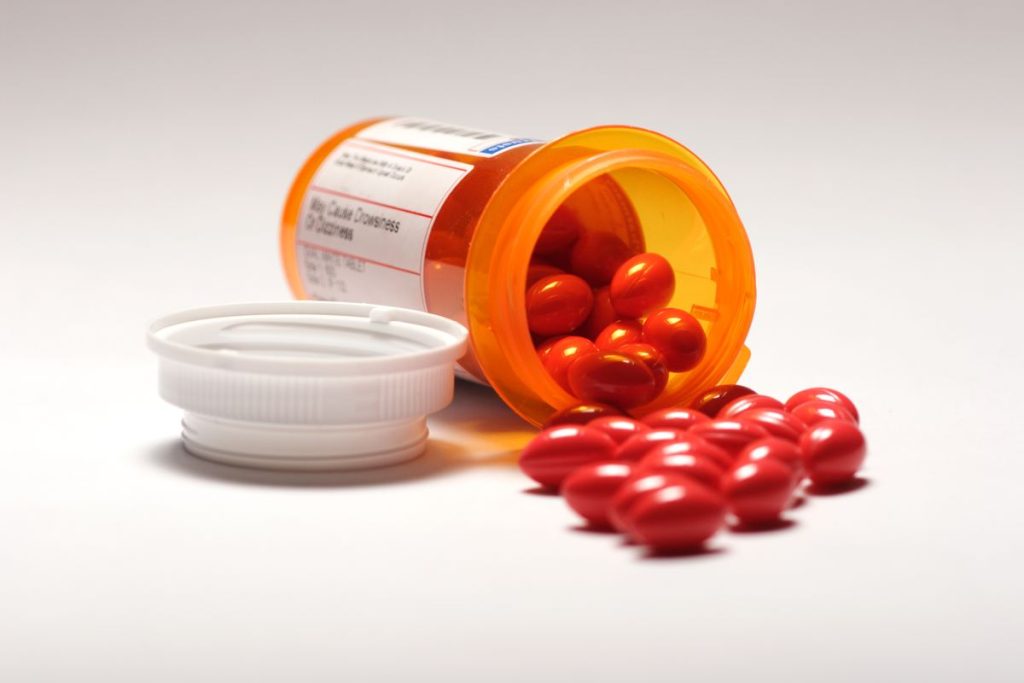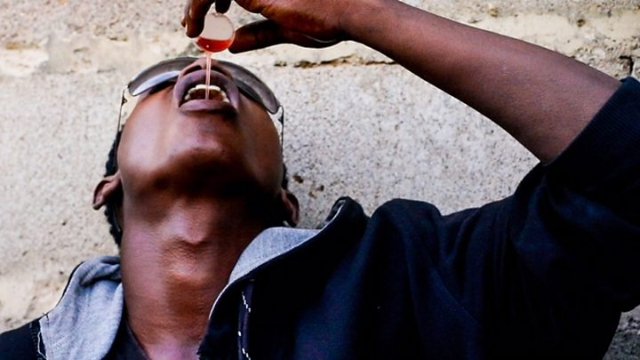In recent years, Ghana has witnessed a disturbing surge in the misuse of tramadol, an opioid analgesic originally intended for pain relief.
This trend has emerged as a significant public health concern, particularly among the nation’s youth. The misuse of tramadol is not merely a matter of individual choice but is deeply rooted in broader socio-economic challenges and systemic issues.
Tramadol is a synthetic opioid prescribed to manage moderate to severe pain. However, its euphoric effects have led to widespread non-medical use.
In Ghana, tramadol is colloquially known as “Red” or “Red 225,” referring to high-dose tablets that are often obtained without proper medical authorisation.
These potent versions are not approved by the Food and Drugs Authority (FDA) and are frequently distributed through informal channels.
The misuse of tramadol is alarmingly prevalent among Ghanaian youth. Studies indicate that a significant proportion of young individuals engage in non-prescription use of the drug, often seeking its stimulant effects to enhance physical performance, cope with stress, or experience euphoria.
This trend is particularly pronounced in urban informal settlements, where socio-economic hardships are more acute.
The consequences of tramadol misuse are severe and multifaceted. Physically, users may experience drowsiness, dizziness, slowed breathing, and, in extreme cases, seizures or death due to overdose .

Psychologically, dependence on the drug can lead to addiction, impair cognitive functions, and exacerbate mental health issues.
Socially, the addiction disrupts education, employment, and family structures, further entrenching individuals in cycles of poverty and marginalisation.
The rise in tramadol misuse among Ghanaian youth is not solely attributable to individual choices but is deeply intertwined with systemic socio-economic factors.
High unemployment rates, job insecurity, and limited access to quality education and healthcare services contribute to a sense of hopelessness among the youth.

In such contexts, tramadol becomes a coping mechanism to endure long working hours, alleviate stress, or escape from harsh realities.
In response to the escalating crisis, the Ghanaian government has implemented measures to curb tramadol misuse.
The Ministry of Health has issued warnings about the dangers of tramadol abuse, and the FDA has intensified efforts to regulate the distribution of the drug.
Despite these initiatives, enforcement remains challenging due to the pervasive nature of informal drug markets and the high demand driven by socio-economic pressures.
Addressing the tramadol crisis among Ghanaian youth requires a comprehensive and multi-faceted approach:
Enhanced Regulation and Enforcement: Strengthening the capacity of regulatory bodies to monitor and control the distribution of tramadol, particularly in informal markets.

Public Education Campaigns: Implementing nationwide awareness programs to educate the public, especially the youth, about the risks associated with tramadol misuse.
Socio-Economic Interventions: Developing policies aimed at reducing unemployment, improving access to education, and providing support services for mental health and addiction treatment.
Community Engagement: Involving community leaders, religious institutions, and civil society organisations in efforts to combat drug misuse and support affected individuals.
The tramadol crisis in Ghana is a reflection of deeper societal issues that disproportionately affect the youth. While regulatory measures are essential, they must be complemented by initiatives that address the underlying socio-economic determinants of drug misuse.
By adopting a holistic approach that combines enforcement with education, support, and empowerment, Ghana can work towards safeguarding the well-being and future of its young population.












